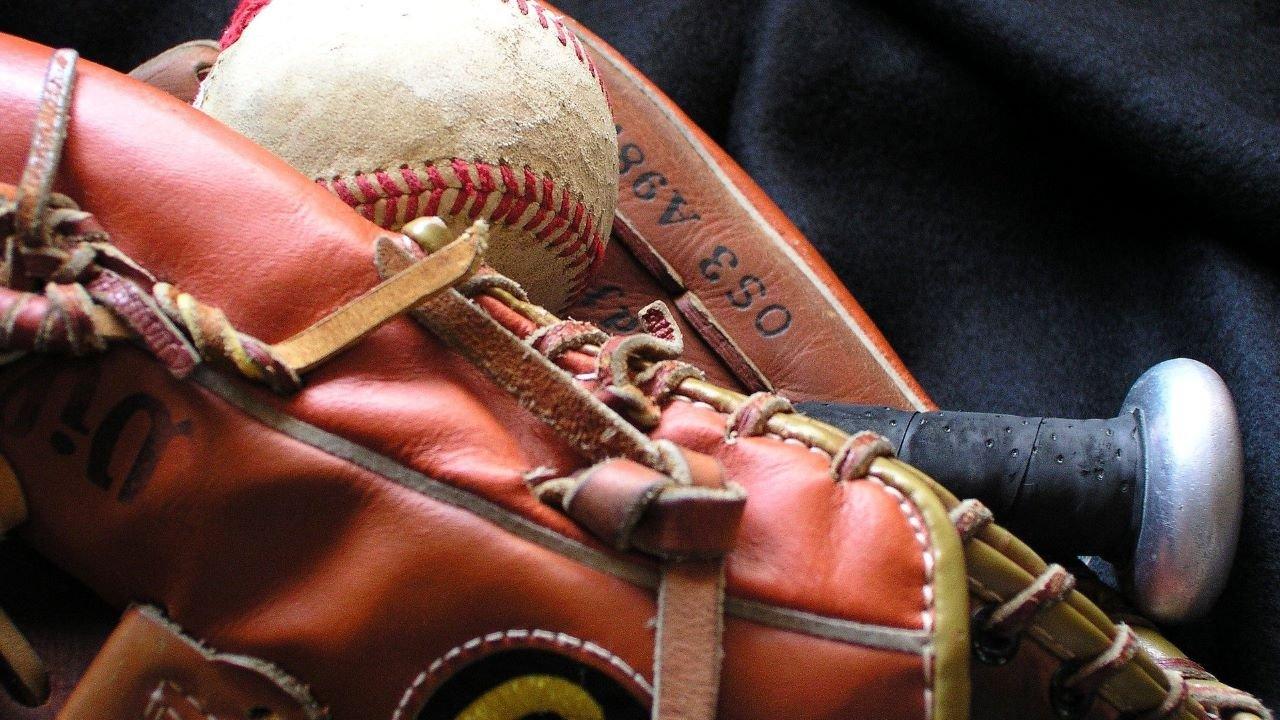
Nov 13, 2025
Discover the history of the Air Jordan 3 — the sneaker that saved Nike’s partnership with Michael Jordan and redefined basketball style forever.
Read MoreExpert Advice | Sports Lifestyle
Feb 18, 2021
Think back to when you got your first baseball glove. Do you remember the stiff, shiny leather that you tirelessly oiled and how you slept with a lump under your mattress for weeks as you broke your gear in? Back then, that glove was probably a run-of-the-mill T-ball glove, but now that you’re older, or perhaps shopping for the next generation of leaguers in your family, you might want to take a more educated approach to baseball/softball glove shopping to ensure you or your future All-Star has the right glove for the positions you each play.
So, how do you know what makes a specific baseball or softball glove the right one for you? First, familiarize yourself with the different parts of a baseball glove or softball mitt. Then ask yourself if you are playing infield, outfield, pitching or catching. Finally, look to our guide below for a breakdown of which type of softball or baseball glove is best suited to your position, and check our sizing details to help you find your perfect fit.
Baseball gloves are either made from genuine leather or synthetic materials that mimic leather. Synthetic gloves like those in the Franklin Sports Field Master Series are more flexible, lighter and often more affordable than genuine leather gloves. And while affordability can sometimes indicate lesser quality products, that’s not the case here. Mizuno’s Bio Soft Leather MVP Prime Series and Wilson’s A2000 Superskin models are some of the highest quality gloves on the market. In general, synthetic gloves are best for younger players, like Tballers and coach-pitch softball players.
Older and more serious ballplayers traditionally play in genuine leather ball gloves. Genuine leather gloves are more durable and less flexible than synthetic options. Full-grain and premium-quality leather softball and baseball gloves take longer to break in, but the material’s stiffness gives wearers better control of the ball.
Comparatively, genuine leather softball and baseball gloves are priced on the higher end of the spectrum, but the investment is usually worth it in the long run, as leather doesn’t break down as quickly as synthetic materials do. This means players can use their gloves for multiple seasons.
No matter the construction material, though, the anatomy of all gloves is the same.

Your personal style, comfort level and playing position are all important things to consider when you’re shopping for a baseball or softball glove.
Your glove should fit snuggly but not so tight to cause discomfort or restrict movement. Keep in mind that leather gloves will stretch over time, causing the fit to loosen a bit.
Be sure to check your league’s rules regarding maximum size and color restrictions before you buy, as well. Additionally, remember baseball and softball gloves are not one-type-suits all. For example, first basemen and catchers wear different types of gloves than one another, and you wouldn’t have much luck on the bases with a big ‘ole catcher’s mitt in your hand.
Pitchers are the spearhead of a team’s defense, and must have a great deal of cunning along with laser-sharp reflexes. With their lightweight and closed webbing, pitcher’s gloves deliver a game-changing combination of craftiness and speed.
Closed webbing means there are no holes in the leather. This allows pitchers to adjust their grip without tipping a batter off about the upcoming pitch. The lower weight provides added comfort without diminishing the pitcher’s ability to field a line drive or receive throws back from the catcher.
Sizing for Pitcher Gloves: Youth pitcher’s gloves (12 and under) should measure between 11.5 and 11.75 inches. Adult pitching gloves range from 11.5 to 12 inches.

With pitches flying at breakneck speeds, catchers need extra protection and padding to keep their hands from shattering. Because of this, a catcher’s mitt is normally extra stiff during its initial use and may take a while to break in.
While some infielder and outfielder gloves can interchange between sports, catcher’s mitts vary in terms of their design for baseball and softball.
Why is this? The size of the ball.
Sizing for Catchers: The average size of a baseball is about 9 to 9.25 inches in circumference and 2.86 to 2.94 inches in diameter. An adult baseball player’s catcher’s mitt should range in size from 32 to 34 inches, depending on the player’s age and size. Youth players typically wear a glove that’s 29.5 to 32 inches.
Softballs range from 11 inches in circumference and 3.5 inches in diameter to 12 inches in circumference and 3.8 inches in diameter. Youth softball catcher’s mitts should be around 32.5 inches in circumference, while older players should wear mitts between 33 and 33 inches.

First baseman gloves are long and bendy. These optimize a player’s ability to scoop throws off the ground and deal with errant throws. The first baseman glove’s large size can be difficult for smaller kids to close, so it’s not recommended that players start using these gloves before the age of 10.
Sizing for First Baseman Gloves: Youth players run from 11.5 to 12 inches. Adult first baseman gloves should measure 12 to 13 inches.

Infield gloves are smaller to allow for the lightning speed that a double play in the middle infield calls for. The gloves don’t have as much length, and they have a shallower pocket than first baseman or catcher’s gloves. Infielders usually prefer an open pocket to help them get the ball out quickly.
Sizing for Infielders: The standard size for a baseball infield glove is 11 to 12 inches for adult players and 8 to 10.5 inches for youth players.
Whether you’re running down a pop fly or throwing strikes from the mound this ball season, shop Hibbett | City Gear for the industry’s best selection of baseball and softball gloves, bats, cleats and more online or at a Hibbett | City Gear near you.
Before you go, catch a few more expert advice articles from the Unboxed blog, like our guide to selecting your perfect ball bat and list of what you should keep in your baseball or softball bag all-season long!
